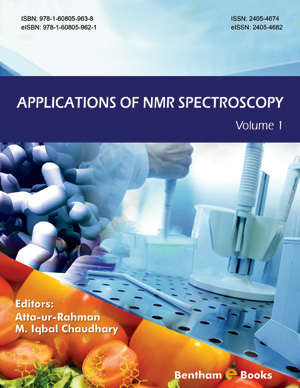Abstract
In organic synthesis, heterogeneous catalysts have many merits, such as easy separation, cheapness, stabilization, reusability, and environment friendliness. In the past decades, the research on heterogeneous catalysts has made great progress. The particle size of the catalysts reduced from micrometer to nanometer, and further to single atomic level, while the conversion, selectivity and stability increased with reducing the particle size. Especially, in the recent five years, the single atom catalysts have shown excellent stability and high activity in many catalytic reactions, such as CO oxidation, hydrogenation of C=C bonds, oxidation of benzene, hydrogenation of nitroarenes, etc. Single atom catalysts have great potential in organic synthesis due to the combination of the advantages of homogeneous and heterogeneous catalysts. Herein, we will introduce the synthesis and catalytic application of atomically dispersed precious metals (Pd, Pt, Au, Ag, Rh, Ir, Os) or non-precious metals (Fe, Co, Cu, Ni, Mn) anchored onto the framework of supports (e.g. metal, metal oxide, metal hydroxide, graphene, metal organic frameworks and zeolites). The strong interaction between the single atom and support is accompanied by the charge transfer between the metal and support, which leads to a change in the electronic structure, thereby endowing its excellent catalytic performanc
Keywords: CO oxidation, CO2 reduction, Cluster, EXAFS, Heterogeneous catalysis, Hydrogenation, MOF, Oxygen reduction, Single atom, Water splitting.






















